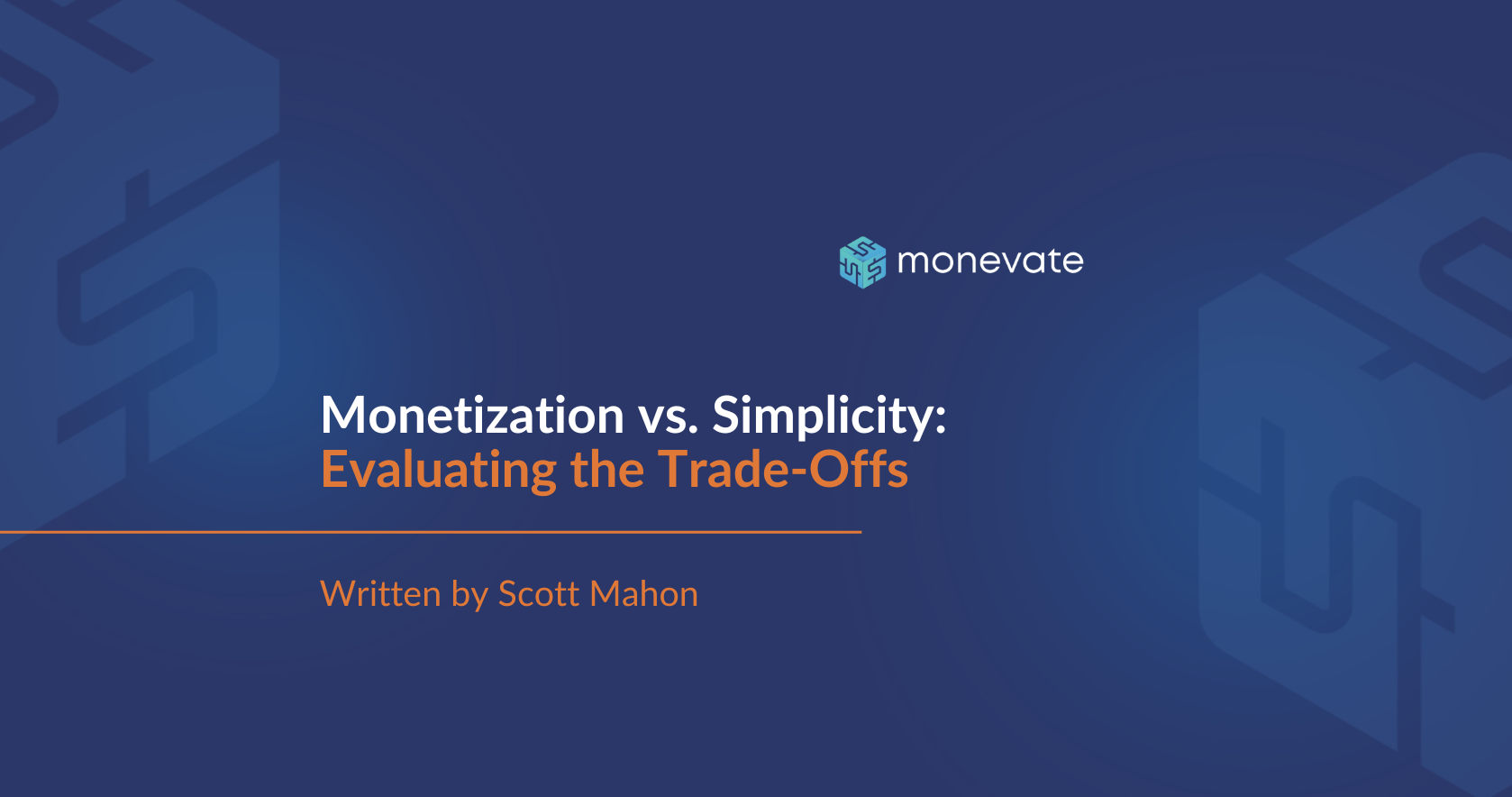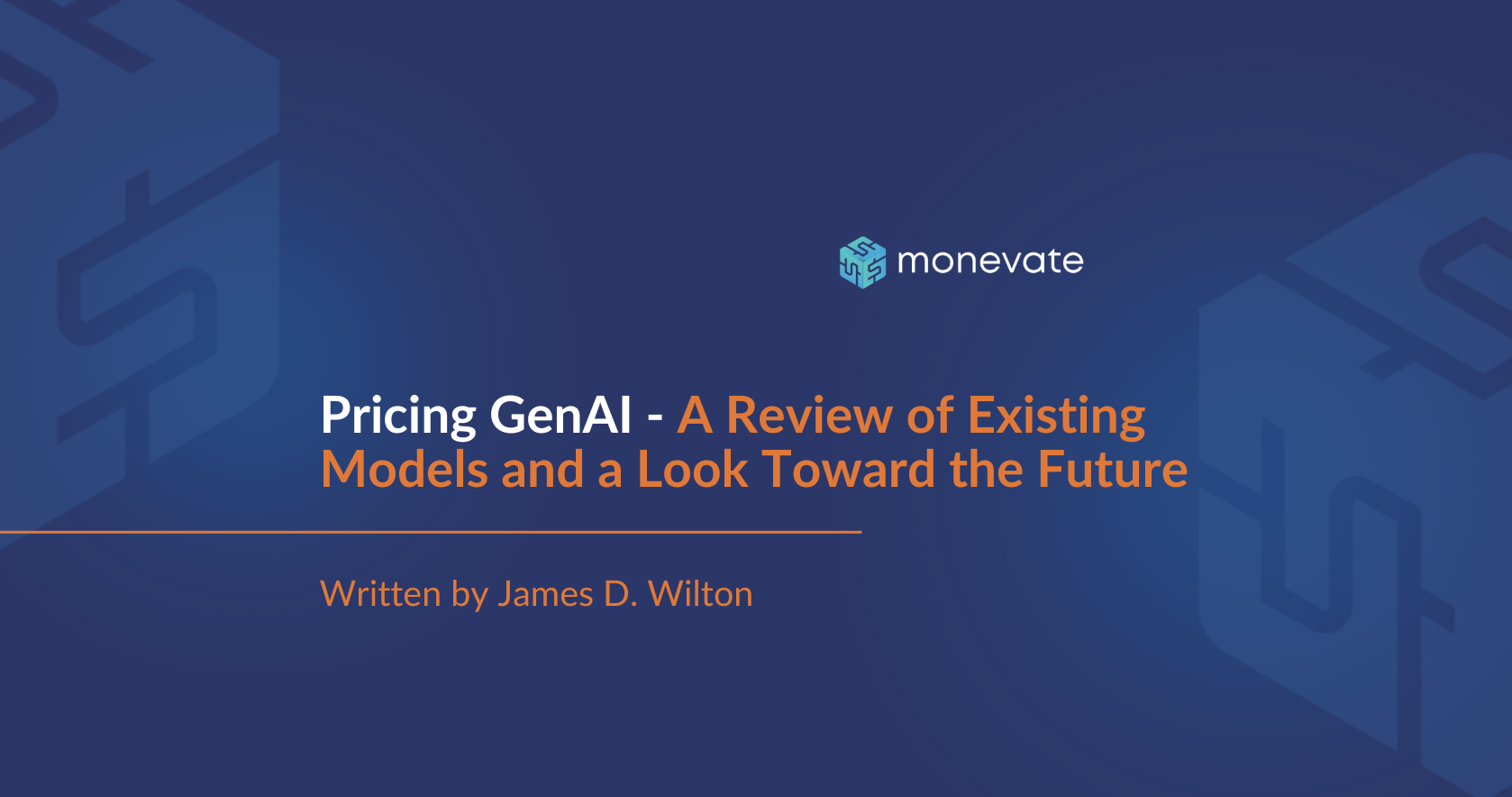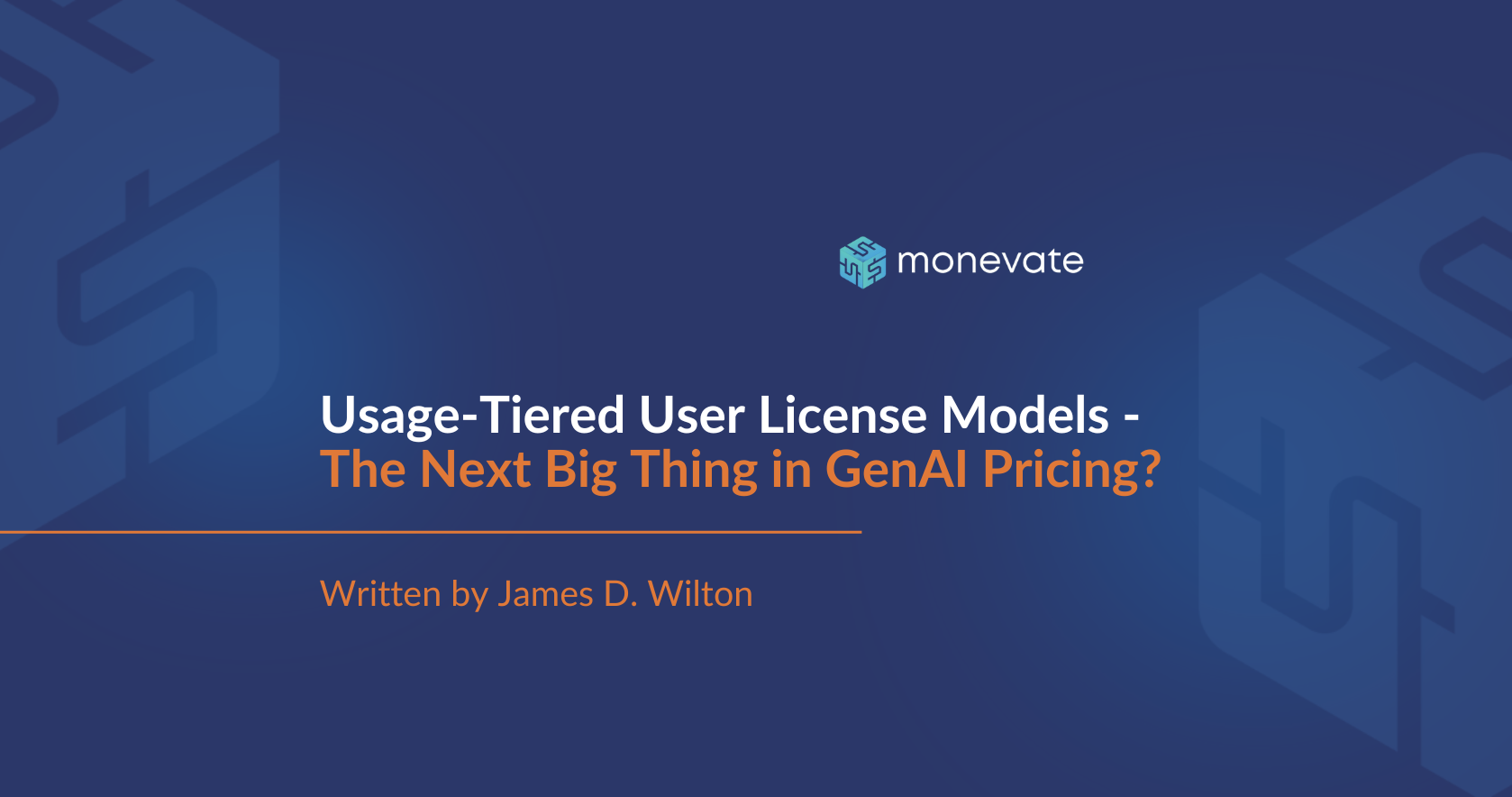Book Launch: Capturing Value: The Definitive Guide to Transforming SaaS Pricing and Unshackling Growth.
Today marks a milestone for me—the launch of my book, Capturing Value: The Definitive Guide to Transforming SaaS Pricing and Unshackling Growth.
Website: https://www.capturingvalue.com
Purchase the book on Amazon: https://www.amazon.com/dp/B0DRDVPQJ9
Why I Wrote Capturing Value
This isn’t just a guidebook; it’s the culmination of 12+ years spent helping SaaS businesses, both at McKinsey and Monevate, create pricing strategies that better monetize their products and align with their business objectives.
I wrote this book for two main reasons:
- So many growing companies create immense value for their customers yet fail to capture a fair portion of it. It’s easy to lose value through suboptimal pricing strategies, and I wanted to help SaaS startups and scaleups address this challenge head-on.
- Many SaaS executives are tasked with building a pricing strategy without prior experience. They often turn to the internet for answers, only to find a sea of conflicting or oversimplified advice. I wanted this book to serve as a reliable guide, empowering leaders to build pricing strategies with confidence.
Who Capturing Value Is For
This book is for SaaS founders, executives, and investors ready to think strategically about how pricing can drive growth. Whether you’re at a seed-stage startup setting your first pricing strategy or a scaling enterprise optimizing an existing structure, Capturing Value provides the roadmap you need.
The lessons extend beyond SaaS. Any recurring revenue or subscription-based business will find answers to their pricing challenges within these pages.
This book will be a helpful resource to you if you find yourself asking questions like:
- How can we build a pricing structure that monetizes the value we deliver?
- How can we build packages that help us price differentiate and match the way our customers want to buy?
- What's the right price metric for our business? How do we decide between user-based, usage-based, outcome-based, etc.?
- How can we de-risk our pricing strategy redesign?
- What data should we gather to inform pricing changes, and how do we get it?
- How can we make sure we get the prices we deserve in the market and avoid unnecessary discounting?
Key Themes Explored in Capturing Value
Capturing Value disseminates my philosophy on “good” pricing, with several key themes woven into the fabric of the book. These recurring ideas reflect what I believe lies at the heart of effective pricing strategies:
Pricing Should Align with Value Pricing must reflect the value your customers perceive.
This isn’t just about setting numbers—it’s about understanding how customer value and willingness to pay scale and anchoring your strategy around those insights.
Pricing Should Be Driven by Business Objectives
There’s no universally “correct” pricing model—it depends on your unique circumstances. Different pricing strategies drive different outcomes, so clarifying your objectives and aligning your pricing to those goals is critical.
A Reliable, Data-Driven Fact Base Is Essential
Pricing changes come with risks, but data derisks decisions. A robust fact base—integrating customer research, competitor insights, and internal modeling—takes the guesswork out of building effective pricing models.
What Makes Capturing Value Unique
This book doesn’t stop at theory. It bridges the gap between strategy and execution with:
- Real-world case studies to illustrate successes and lessons learned.
- Step-by-step frameworks for setting prices, optimizing packaging, and refining metrics.
- Cutting-edge pricing models to inspire innovation in your approach.
Capturing Value does not oversimplify or generalize – it provides actionable guidance tailored to the unique complexities of SaaS and subscription-based businesses.
Pricing is one of the most critical levers for driving growth and achieving business objectives. My hope is that Capturing Value becomes a trusted resource for leaders navigating these complex decisions.
If the ideas shared here resonate with you, I encourage you to explore the book further. I would love to hear your thoughts!
Website: https://www.capturingvalue.com
Purchase the book on Amazon:
https://www.amazon.com/dp/B0DRDVPQJ9














